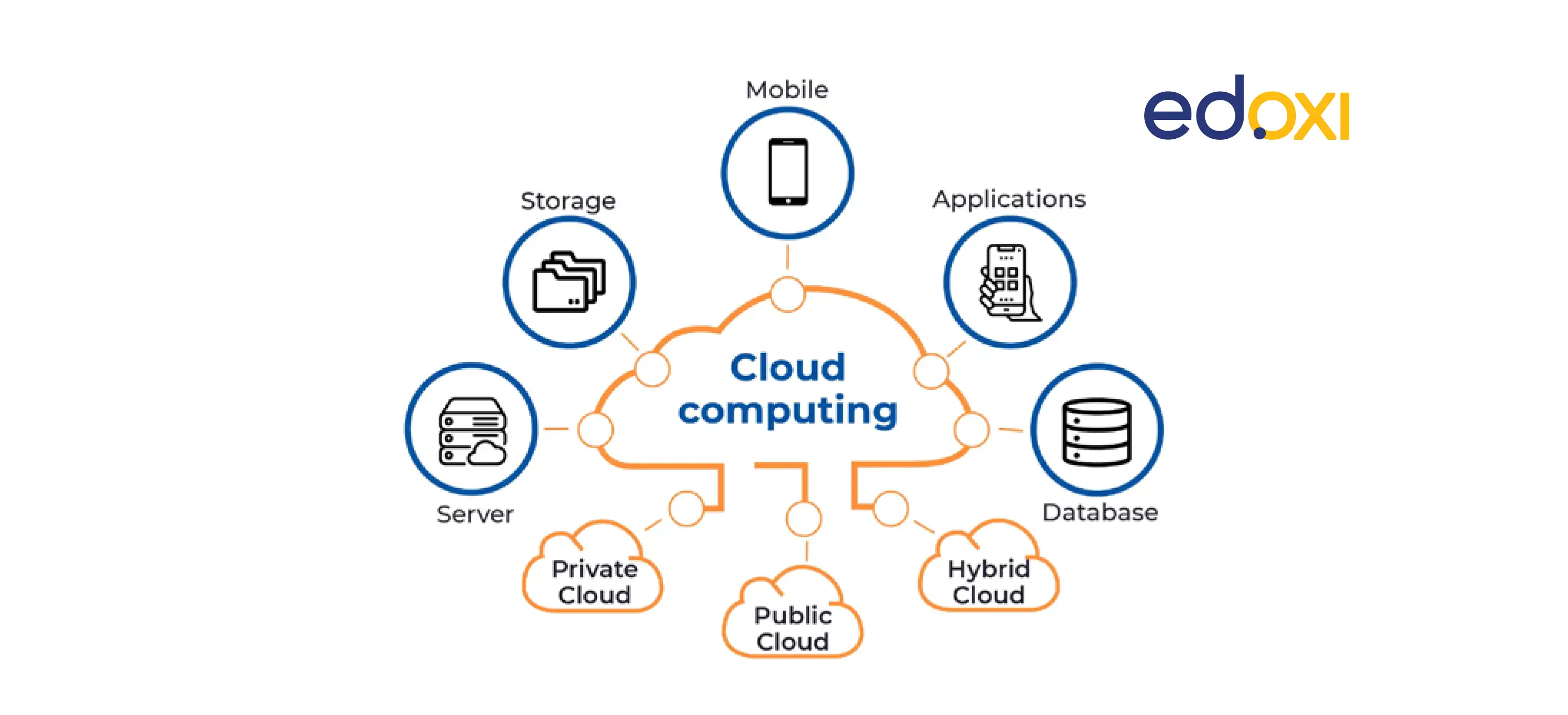Simplify Your Facilities With Cloud Provider
As businesses browse the ever-evolving landscape of technology and data management, the function of cloud services in streamlining facilities has ended up being significantly famous. The appeal of structured procedures, boosted efficiency, and improved resource allocation via cloud services is undeniable. However, the trip towards a more active and affordable IT facilities includes greater than simply moving to the cloud. It needs a tactical technique and a deep understanding of the nuances of cloud fostering. So, just how can organizations properly browse this shift and really unlock the potential of cloud solutions for streamlining their framework?
Benefits of Cloud Solutions
Cloud solutions supply a streamlined technique to managing IT infrastructure, giving companies with flexibility, cost-efficiency, and scalability. One of the crucial advantages of cloud services is the scalability they use.
Additionally, cloud services remove the requirement for businesses to purchase expensive equipment and software. This cost-efficiency is a significant advantage, specifically for small to medium-sized ventures seeking to reduce upfront costs. By utilizing cloud services, businesses can access top notch IT resources without the large price associated with standard infrastructure configurations.
Additionally, cloud solutions supply services with the flexibility to access their information and applications from anywhere with a web link. This degree of accessibility improves partnership among teams, makes it possible for remote job, and raises general performance. The versatility used by cloud solutions equips businesses to adapt promptly to transforming market conditions and customer demands.
Expense Savings and Scalability
In addition to the functional benefits highlighted previously, the combination of cloud solutions into a firm's framework generates considerable cost savings and improved scalability. Cloud services use a pay-as-you-go model, allowing services to range resources up or down based upon existing demands, thereby preventing the expenses connected with keeping excess ability. This adaptability enables firms to adapt swiftly to changing demands without incurring unnecessary expenditures.
Additionally, cloud services eliminate the need for in advance financial investments in software and hardware, reducing capital investment. Operating expenses are additionally reduced as firms no much longer need to take care of and keep physical servers, bring about lower energy intake and IT staffing prices. Furthermore, cloud services provide automated updates and upkeep, guaranteeing that the framework remains protected and current without requiring manual treatments.
Improved Safety Steps
Carrying out strict safety actions is paramount when incorporating cloud solutions into a firm's facilities to guarantee and secure delicate data compliance with industry policies. Cloud solution companies offer boosted security attributes such as information encryption, firewall program protection, and multi-factor authentication to alleviate cybersecurity risks.
Moreover, routine protection audits and conformity evaluations help recognize susceptabilities and ensure adherence to industry criteria. Business can likewise benefit from functions like computerized safety and security updates and real-time risk surveillance supplied by cloud provider. By focusing on protection measures and staying positive in addressing potential threats, companies can with confidence take advantage of cloud solutions while protecting their beneficial data from unauthorized access or violations.
Transitioning to Cloud Framework
To effectively incorporate cloud solutions into a company's infrastructure, a structured approach that attends to the change towards cloud-based remedies is crucial. Transitioning to cloud framework involves mindful planning and execution to guarantee a smooth migration process. The very first action is to assess the present facilities and figure out which systems and applications are appropriate for movement to the cloud. This assessment needs to take into consideration elements such as data level of sensitivity, compliance demands, and performance demands.
Once the evaluation is total, a migration technique should be look these up created. This approach needs to describe the timeline, sources, and responsibilities for moving each component to the cloud. It is vital to communicate this strategy clearly to all stakeholders to make sure alignment and minimize interruptions throughout the change.
Throughout the movement monitoring, screening and process are vital to identify and attend to any kind of issues quickly. Regular checkpoints ought to be developed to track development and make necessary changes. Additionally, training for workers on utilizing cloud solutions ought to be given to make sure an effective shift and make the most of the benefits of the new infrastructure.
Best Practices for Cloud Fostering
Effective adoption of cloud solutions depends upon the critical placement of organization objectives with technological capacities and business readiness. To make certain a smooth transition to the cloud, companies should start by performing a detailed assessment of their present infrastructure and identifying which workloads are best fit for cloud migration. It is important to entail key stakeholders from different departments in the decision-making procedure to get Cloud Services buy-in and resolve any type of worries at an early stage.
One more ideal technique for cloud fostering is to prioritize security and compliance. Organizations has to carefully evaluate the security procedures offered by cloud service suppliers and make certain that their data is secured according to market criteria and governing requirements. Executing durable information security, access controls, and regular safety and security audits can aid alleviate risks linked with cloud fostering.

Final Thought

As companies navigate the ever-evolving landscape of technology and information monitoring, the duty of cloud solutions in simplifying facilities has become significantly prominent - linkdaddy cloud services press release. Exactly how can services successfully navigate this transition and absolutely open the potential of cloud services for simplifying their facilities?
Cloud solutions provide a streamlined method to these details handling IT infrastructure, supplying services with scalability, cost-efficiency, and versatility. By utilizing cloud solutions, organizations can access top notch IT resources without the large price tag linked with typical infrastructure setups.
To guarantee a smooth shift to the cloud, organizations need to start by performing an extensive analysis of their existing framework and recognizing which work are best fit for cloud movement.